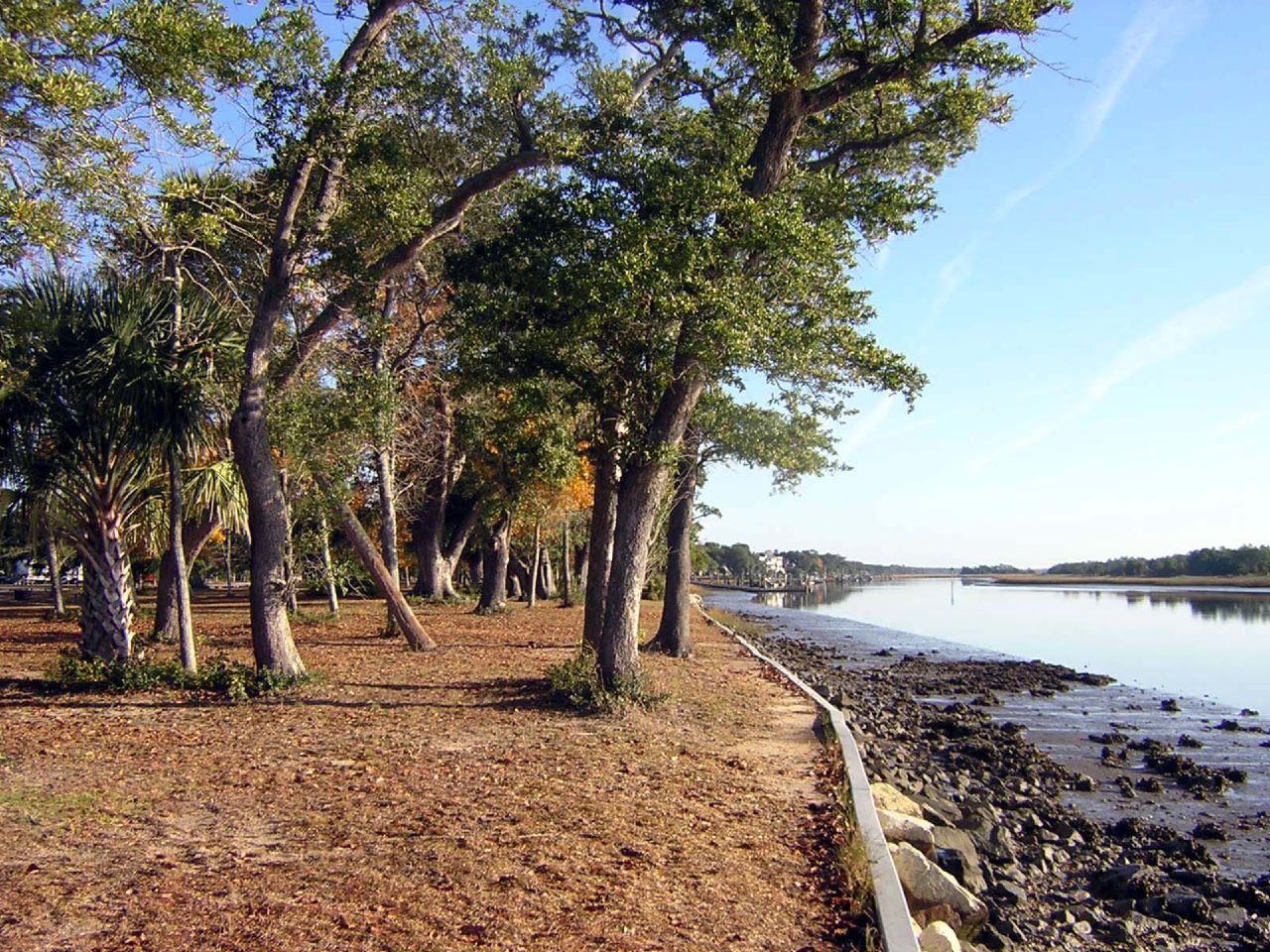Francis Marion and Sumter National Forests
The Francis Marion National Forest and the Sumter National Forest, although managed together, are located in different areas in South Carolina. With a combined area of more than 600,000 acres, these Forests offer a diverse landscape.
At 252,368 acres, the Francis Marion National Forest is named for the Revolutionary War General Francis Marion, and is located in Berkeley and Charleston counties. The Sumter National Forest is comprised of over 365,000 acres in the northwest corner of the state, among three Ranger Districts: Enoree, Long Cane, and Andrew Pickens.
The Sumter National Forest is part of the Ellicott Rock Wilderness, which also covers area in North Carolina and Georgia. The mountainous terrain ranges in elevation from 1,240 feet above sea level at the southeastern edge along the Chattooga River to 3,672 feet on Glade Mountain in North Carolina.
The Francis Marion and Sumter National Forests provide many opportunities to fish and canoe or paddle, from the white water of the Wild and Scenic Chattooga to the peaceful black water of Wambaw Creek. The Chattooga River is a Wild and Scenic River, and is the fastest flowing white water river in the east.
In the Sumter National Forest, three rivers flow through the Enoree Ranger District: Broad River, Enoree River, and Tyger River. While in the Andrew Pickens District, you'll find 15 waterfalls, up to 75 feet in height. The Francis Marion National Forest features three canoe trails: Chicken Creek, Echaw Creek, and Wambaw Creek.
The Francis Marion and Sumter National Forests provide some of the best year-round birding opportunities in South Carolina. The forests encompass all major habitat types in the mountains, piedmont, and coastal plain.
There are many recreation opportunities and amenities, including picnic spots, hunting, fishing, rifle ranges, trails.

These lands offer a diverse history. Cherokee and other tribes of Native Americans hunted and built villages in this region. Revolutionary War battles were won and lost. Farmers toiled in the fields, and family-owned companies harvested timber. Irish immigrants built railroads and tunnels, while others mined gold.
Make sure you stop in the Sewee Center to learn more about the unique heritage and natural history of South Carolina's low-country.

